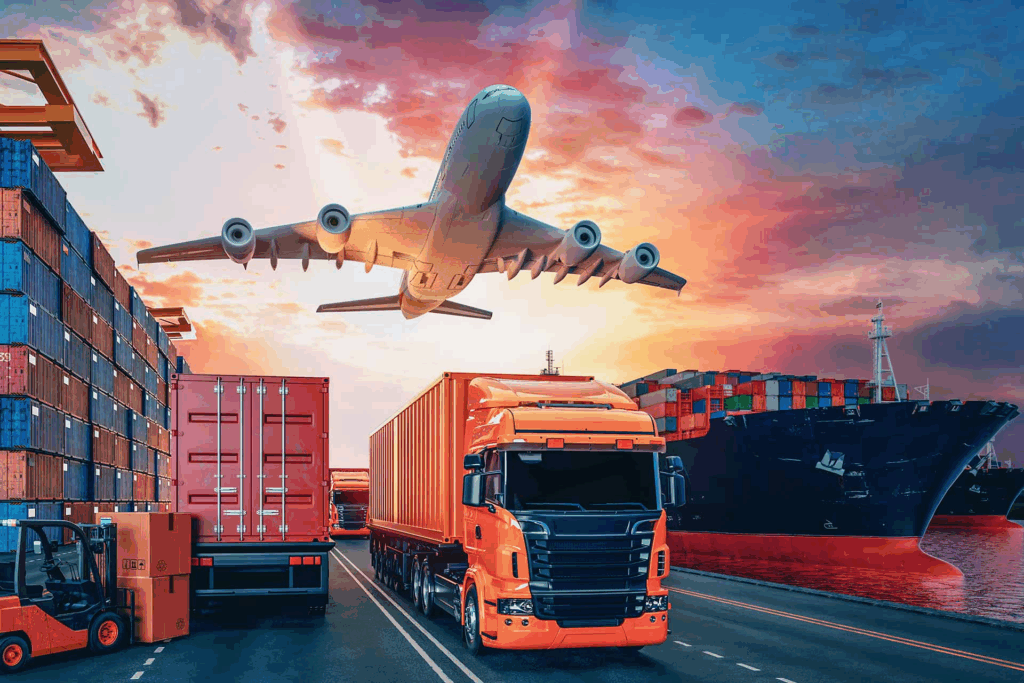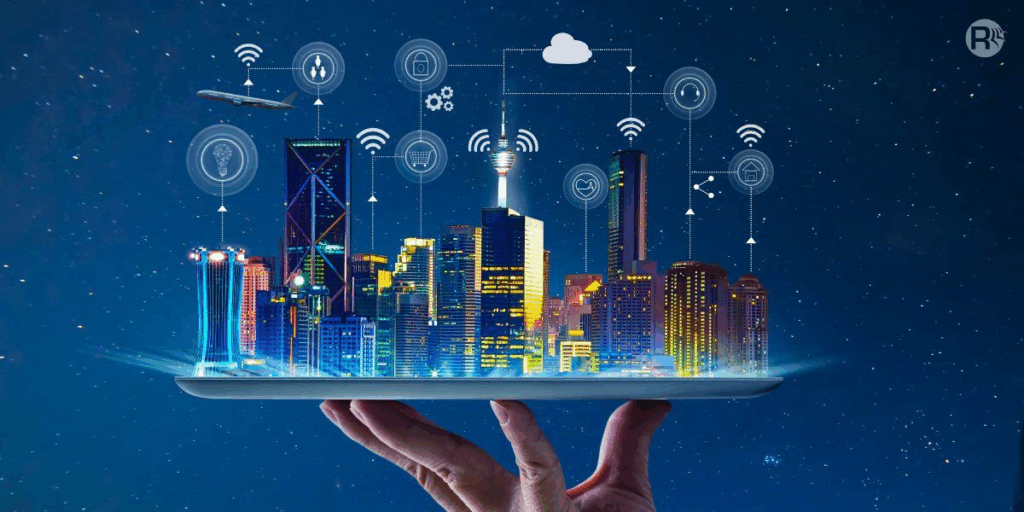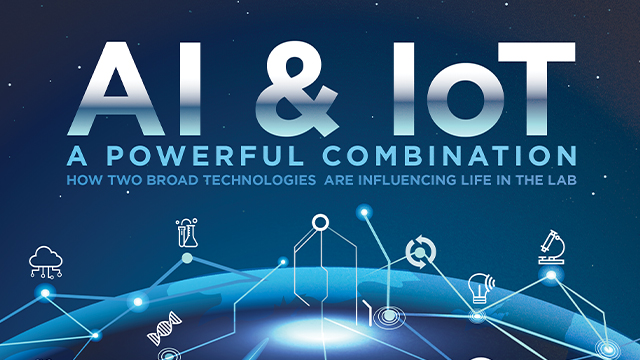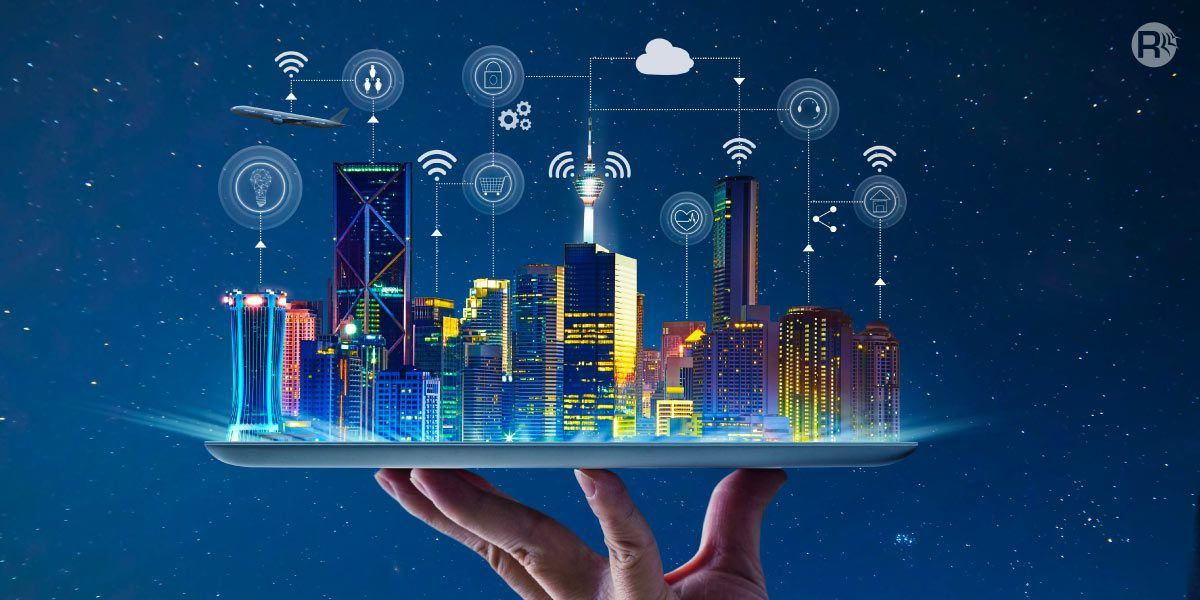The Future of Global Logistics Tracking: AI, Predictive ETA, and IoT Sensors
Global Logistics Tracking is entering a new era of transformation. What once relied on manual scans, guesswork, and outdated systems is now powered by real-time intelligence using AI, machine learning, and IoT sensors. As cross-border shipping grows more complex, the need for accurate, automated, and transparent tracking has never been more critical.
At PostalParcel, we’re watching this evolution closely. In this article, we explore how AI, predictive ETA, and IoT sensors are shaping the future of global logistics tracking, and what businesses can do today to stay ahead.

1. AI Is Reshaping the Way We Track Shipments
Artificial Intelligence is no longer a futuristic concept—it’s already embedded in modern logistics platforms. AI algorithms are being used to automatically identify risks, detect delays, and optimize shipping routes.
How AI Enhances Global Tracking:
- Analyzes millions of data points to detect patterns in shipping delays
- Flags high-risk shipments for early intervention
- Optimizes delivery paths based on weather, traffic, and customs activity
- Provides more accurate delivery forecasts by learning from past shipments
Instead of waiting for human input, AI reacts in real-time, reducing downtime and improving decision-making.
2. Predictive ETA: No More Guessing Games
Estimated Time of Arrival (ETA) was just that—an estimate. But with AI and data science, we now have Predictive ETA, which goes beyond guesswork to offer near-accurate delivery forecasts.
Traditional ETA depends on fixed assumptions. Predictive ETA adapts to:
- Port congestion
- Customs delays
- Carrier behavior
- Route history
- Local holidays and strikes
Why Predictive ETA Matters:
- Reduces customer frustration caused by inaccurate timelines
- Improves warehouse scheduling and inventory planning
- Enables proactive communication in case of delays
Platforms like PostalParcel leverage predictive models to inform businesses and customers throughout the shipment lifecycle.
3. IoT Sensors Bring Real-Time Transparency

IoT (Internet of Things) sensors are tiny devices attached to shipping containers, pallets, or individual parcels. These sensors collect and transmit real-time data such as:
- GPS location
- Temperature and humidity (ideal for cold-chain logistics)
- Shock or tilt detection
- Light exposure (to detect tampering)
Real Benefits of IoT in Logistics:
- Monitors sensitive goods (pharmaceuticals, electronics, perishables)
- Helps ensure product integrity from warehouse to destination
- Allows businesses to intervene before a problem escalates
- Offers customers better peace of mind with live updates
IoT sensors turn passive tracking into active monitoring, creating a digital twin of the physical shipment journey.
4. Combined Power: When AI, ETA, and IoT Work Together

Each of these technologies is powerful on its own—but when combined, they revolutionize logistics tracking.
Imagine this:
- An IoT sensor detects a container stuck in a rising temperature port.
- That data is fed into an AI model, which recognizes a pattern of delay.
- The predictive ETA is automatically adjusted, and the customer receives an alert with the new delivery time and reason.
This level of transparency builds trust, reduces support tickets, and helps businesses better plan their inventory and operations.
5. Challenges to Consider
While the future looks bright, adopting these technologies isn’t without challenges:
- Cost of implementation: IoT devices and AI software require upfront investment.
- Data integration: Businesses need platforms that sync with carrier systems and internal ERPs.
- Security and privacy: Data from sensors and AI models must be protected from breaches.
- Scalability: Not all solutions can scale with fast-growing logistics needs.
However, platforms like PostalParcel address these challenges through modular, cloud-based solutions that grow with your business.
6. What Businesses Should Do Now

To prepare for the future of global logistics tracking, businesses should:
- Audit their current tracking capabilities
- Invest in platforms that offer real-time visibility and predictive tools
- Explore IoT integration for high-value or sensitive shipments
- Train teams to understand and act on predictive insights
- Choose partners like PostalParcel that already offer AI-enhanced logistics tools
The future is not 10 years away—it’s already here. The question is whether your business is ready to embrace it.
Final Thoughts
Global logistics is no longer just about getting packages from point A to B. It’s about visibility, predictability, and control. With AI, predictive ETA, and IoT sensors, businesses can shift from reactive tracking to proactive logistics management.
If you’re ready to take your tracking to the next level, PostalParcel offers intelligent logistics solutions for the modern world. Let your customers—and your business—benefit from the future of global tracking, today.
Industry Insights
news via inbox
Nulla turp dis cursus. Integer liberos euismod pretium faucibua








